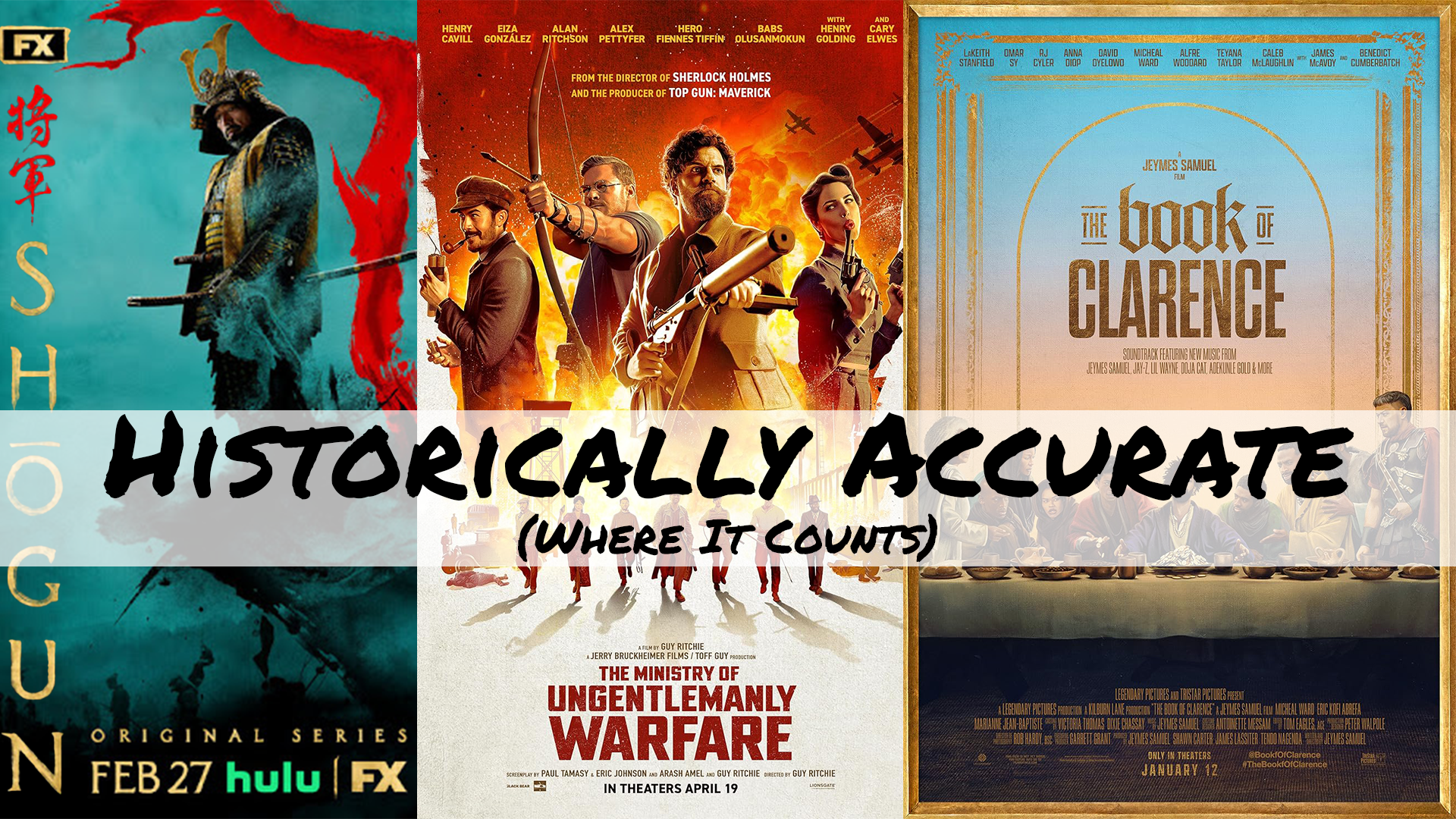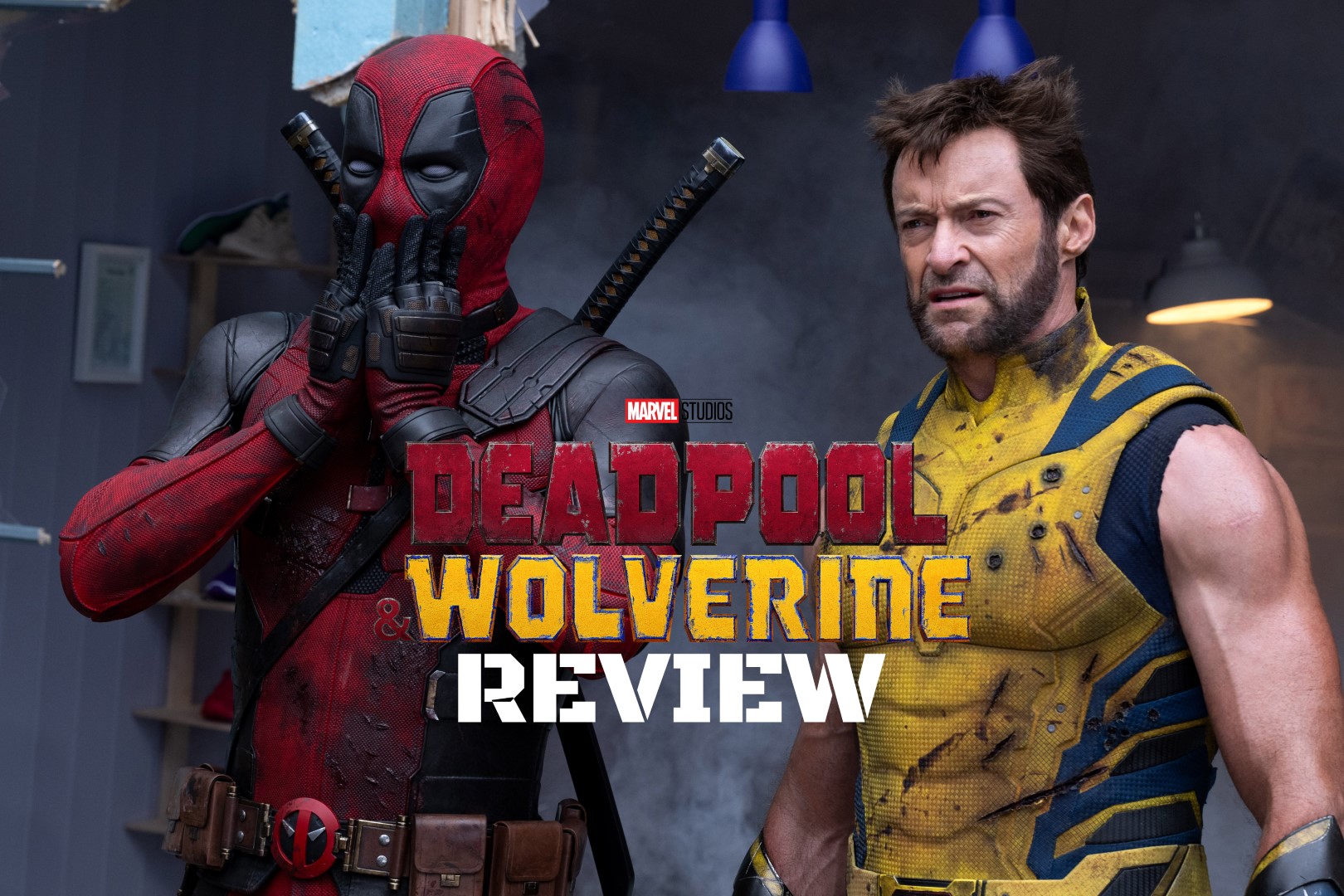Throughout history, but especially noticeable in recent years, there has been a trend in film and television, where period pieces frequently omit or underrepresent people of color. This practice not only distorts historical accuracy but also diminishes the rich, diverse narratives that history offers. However, there is a growing movement towards more inclusive and truthful representations, which is a promising shift in the entertainment industry. While the stories maybe fictional, they can at least be historically accurate, where it counts.
The History of Whitewashing
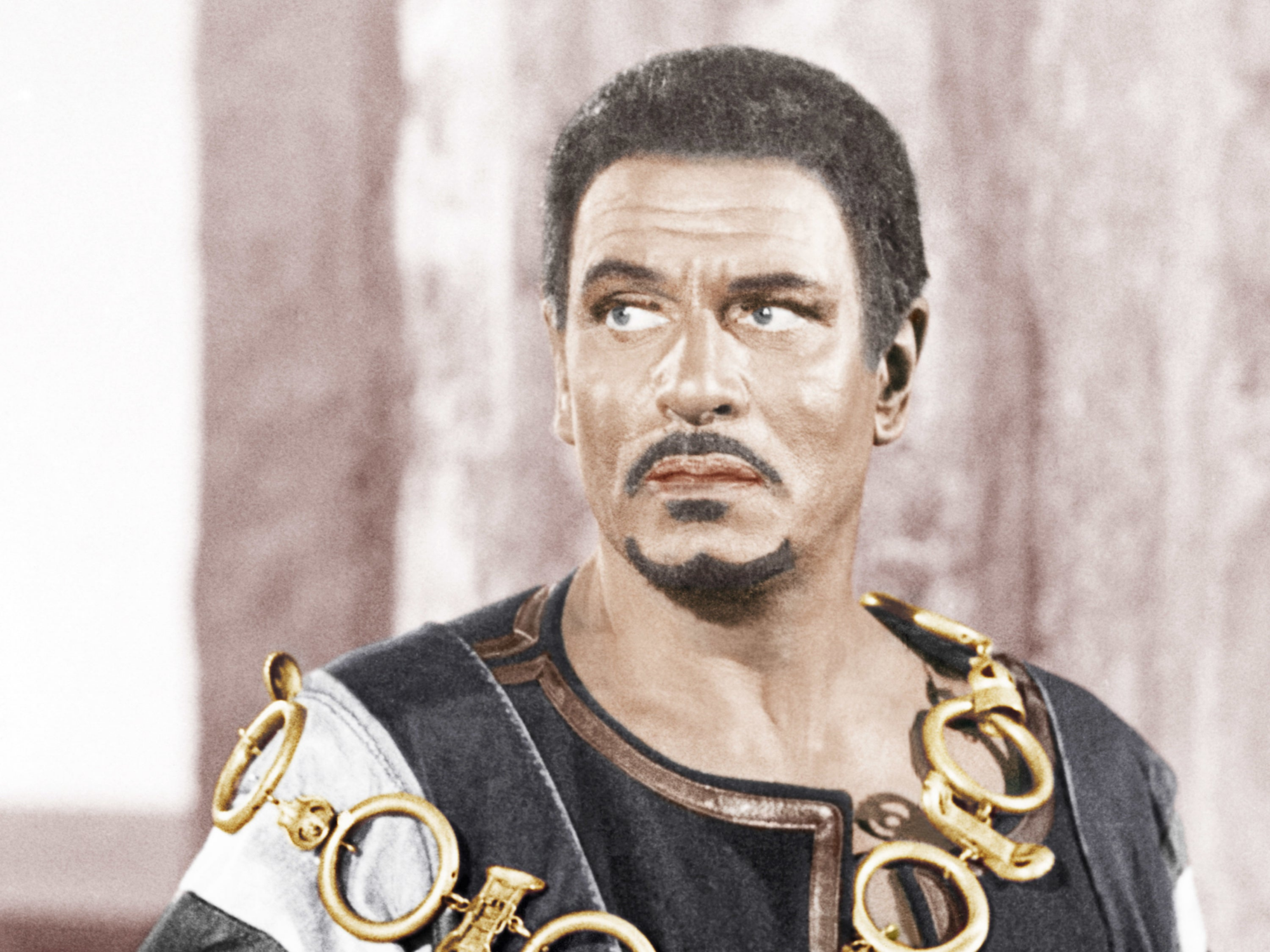
Whitewashing in historical media is not a new phenomenon. For decades, Hollywood and Western media at large have portrayed historical eras—whether they be the medieval times, the Renaissance, or the early centuries of American history—as predominantly white. This exclusion and misrepresentation stem from a combination of factors including racial biases, commercial considerations, and a misinformed belief that audiences prefer these inaccuracies. This does not even begin to cover how Western education pretends POC or other minority groups don’t exist anytime before the 1990s or outside of the Civil Rights movements.
RELATED: Why You Must Watch RYAN COOGLER’s Mystery Movie With Michael B. Jordan & Hailee Steinfeld
The Inaccuracy and Laziness of Exclusion

The exclusion of people of color in historical narratives is not only historically inaccurate but also a lazy approach to storytelling. Historians have provided ample evidence that many regions of the world, including Europe and America, have always been more racially and ethnically diverse than these media portrayals suggest. For example, records and artifacts indicate significant African, Asian, and Middle Eastern presences in what are now considered Western societies throughout history. By ignoring these facts, filmmakers and studios miss the opportunity to tell richer, more engaging stories.
Off the Top of My Head Examples of Not Historically Accurate Programs

Several films and TV shows exemplify this trend, here’s a few recent ones:
- The Tudors (2007-2010): This series, while popular, was criticized for its lack of diversity, with the court of Henry VIII portrayed almost entirely by white actors, ignoring the historical presence of people of color in 16th-century Europe. In their defense, history books also tend to do this.
- Yellowstone (2018-Present) and its numerous spinoffs: Points for Lawmen Bass Reeves, but otherwise pretty much Iron Kids Bread. In fairness not trying to force stories of POC into this universe, just saying it’s clearly lacking some color in places where there is definitely color.
- Oppenheimer (2023): While the primary characters are historically accurate in their racial depiction, the film could potentially explore more about the contributions of scientists of color and women, who were also part of the Manhattan Project, albeit in lesser-known roles. Figures like African American physicist Elmer Imes or the women who worked in various capacities could offer a broader perspective on the narrative.
RELATED: KARATE KID: Aramis Knight May Be The Mysterious Villain In The New Reboot
Historically Accurate Where It Counts
Fortunately, the trend is beginning to shift. Several recent productions have made a deliberate effort to present a more historically accurate depiction of history:
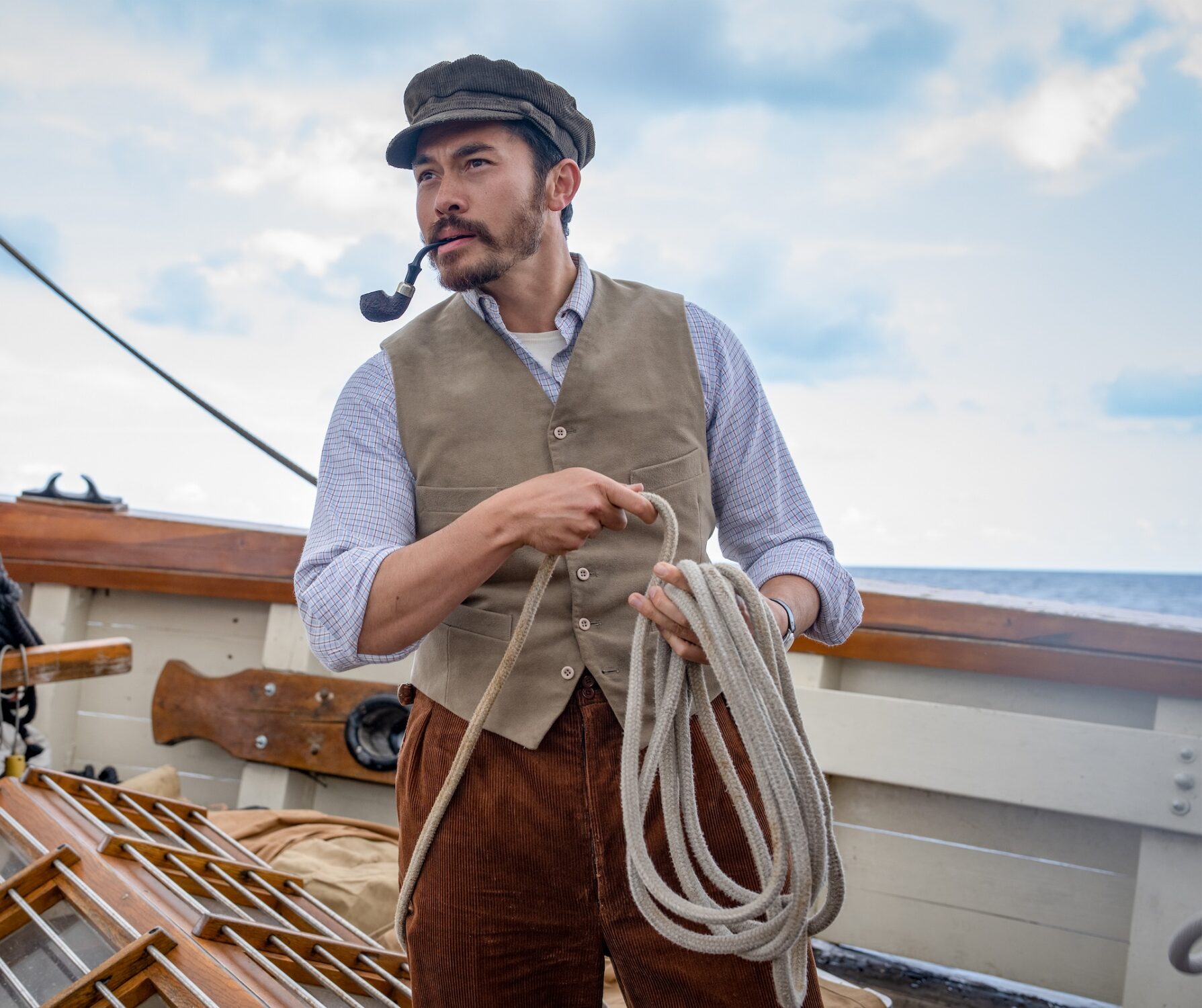
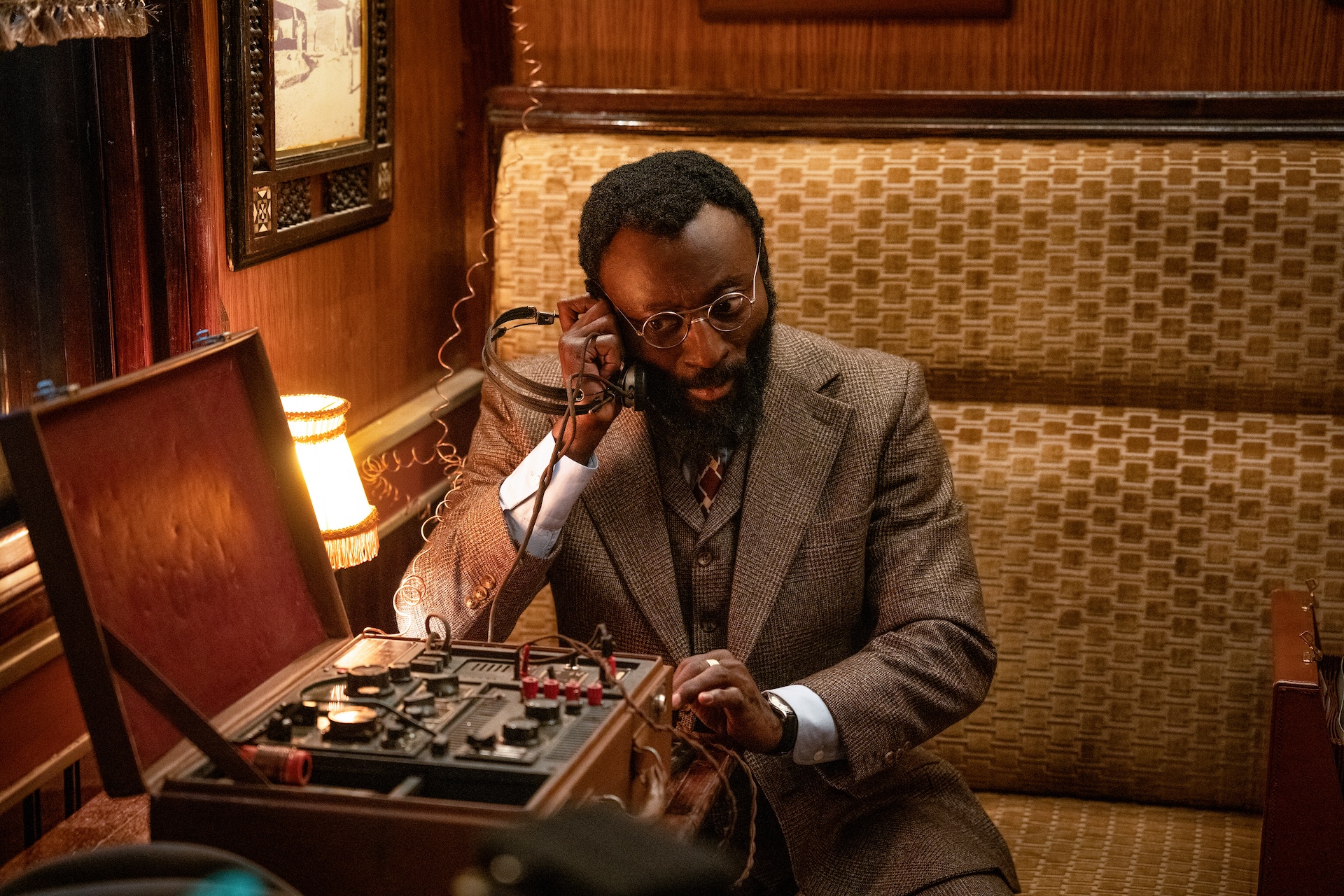
- The Ministry of Ungentlemanly Warfare (2024): Features a group of ragtag warriors who band together to dismantle the supply chain to the German U-boats. The characters are a cross-country collective that features Henry Godling as Freddy Alvarez and Babs Olusanmokun as Heron. Eisa Gonzalez does play the role of an objectively white woman, however, It is important to remember that not everyone in the world is white, especially in a World War. And after nearly 100 years of white people playing all the POC characters, it’s no big deal if they miss out on a few. Especially when whiteness is rarely what a role demands.

- The Book of Clarence (2024): Focuses on the brother of one of Jesus’s disciples and populates the film with a more era-accurate depiction, melanin-wise, of its inhabitants. While it is obviously influenced by a modern take and mindset, it is important to remember Jesus was not white, and that the people in the bible around the time of BC going to AD are more brown than pale.

- Shogun (2024): Western education likes to portray much of the other cultures of the world as savages and heathens to justify colonization. Especially before the industrial age. During the 1600s, the church was divvying up the white people and having them sail around the world to spread their version of white Jesus, calling all other societies savages, wild-beasts, heathens, etc. Dehumanizing them and making it seem like they had no culture and deserved to be just as brainwashed.
Yet Shogun shows that Japanese culture was far more advanced on every level. While the colonizing countries were aging horribly, losing teeth, being infested with lice, and being terrified of bathing, the Japanese were living in an advanced society that for all intents-purposes is far superior.

- The Harder They Fall (2021): A Western that actually features Black Cowboys. The term “cow boy” was used originally to refer to Black cattle workers, as white workers were referred to as “cow hands.” The use of “boy” was often used to talk down to Black people. However, a constant in history, Black people overcame stupidity and hate and made being a “cow boy” so cool, white people co-opted it. Think the Fox and WB Networks.

- Warrior (2019-present?) Based on the writings of Bruce Lee, this series showcases the Chinese-Americans and American-Chinese post construction of the railroads and leading into the Chinese Exclusion Act.
RELATED: WARRIOR Has a Fighting Chance for Season 4 After Idiotic Cancelation at Max
People of Color Were Always Here

The practice of omitting people of color from historical narratives is an unfortunate legacy of the film and television industry. However, as society progresses and demands greater accuracy and representation, there is hopeful momentum towards more inclusive storytelling. These new productions not only correct historical oversights but also enrich the viewing experience for audiences worldwide, creating a more inclusive cultural heritage.
This shift is not just a matter of historical accuracy but also one of fairness and respect to the diverse cultures that have contributed to human history. As this trend continues, viewers can look forward to a richer, more inclusive understanding of the past. We were always part of the story, we’re just finally getting to tell our side.
Got issues, use “woke” to instead of the slur you’re thinking of, go ahead and @me:
Are you tired of period pieces where they pretend minorities and anything other than Christian whites exist? Do you crave more historically accurate movies and television? When it comes to historical fiction, what aspect do you hope is most historically accurate? Let us know your thoughts on historical accuracy and what matters about it on Discord!
KEEP READING: SHŌGUN – Unveiling the Mirror of Today in the Heart of Feudal Japan


